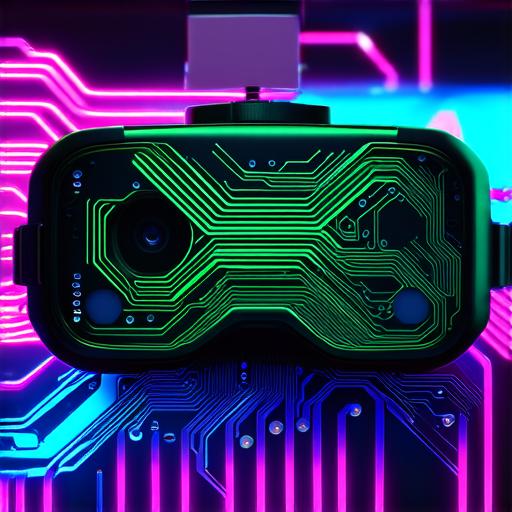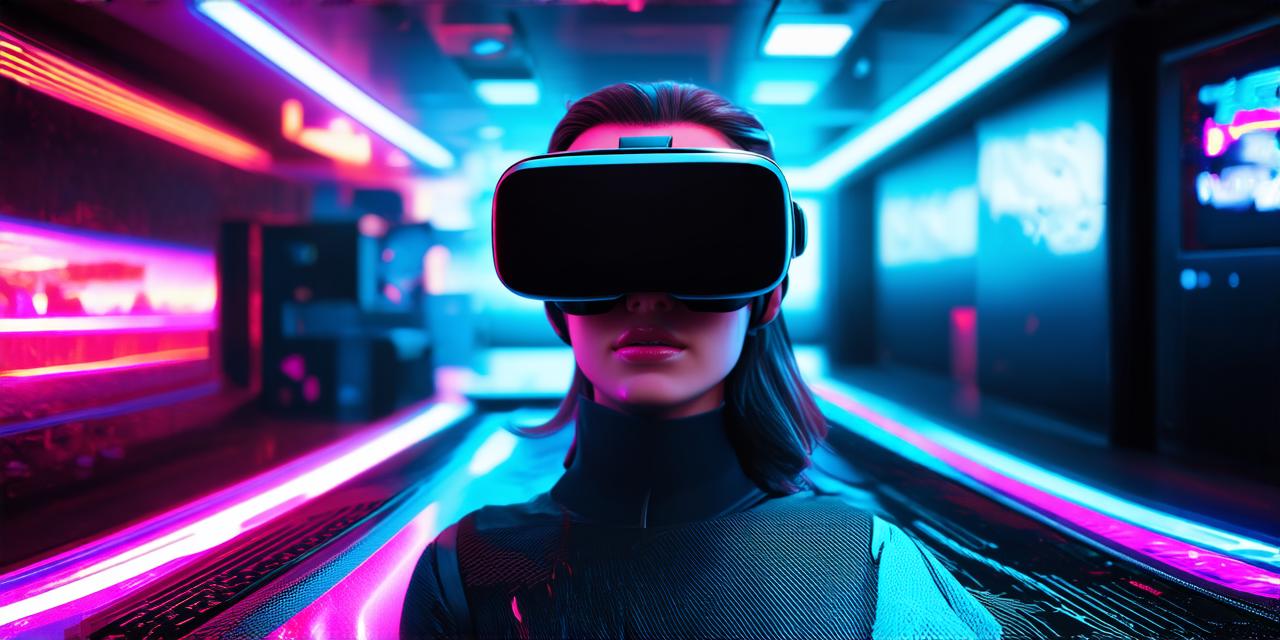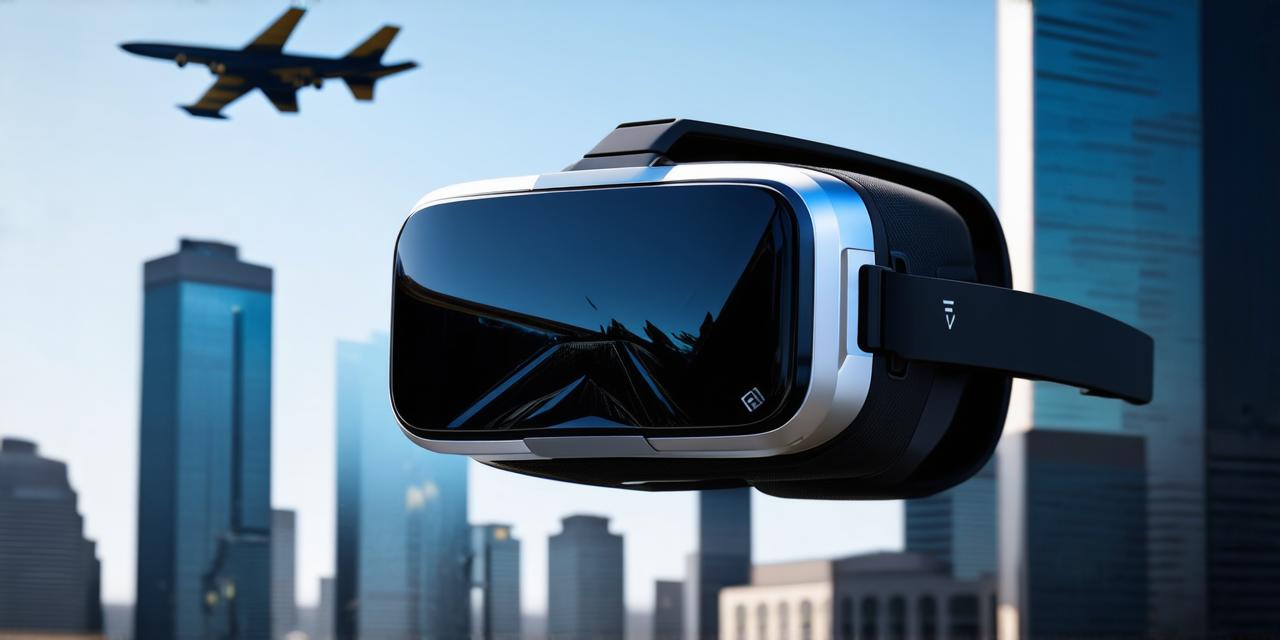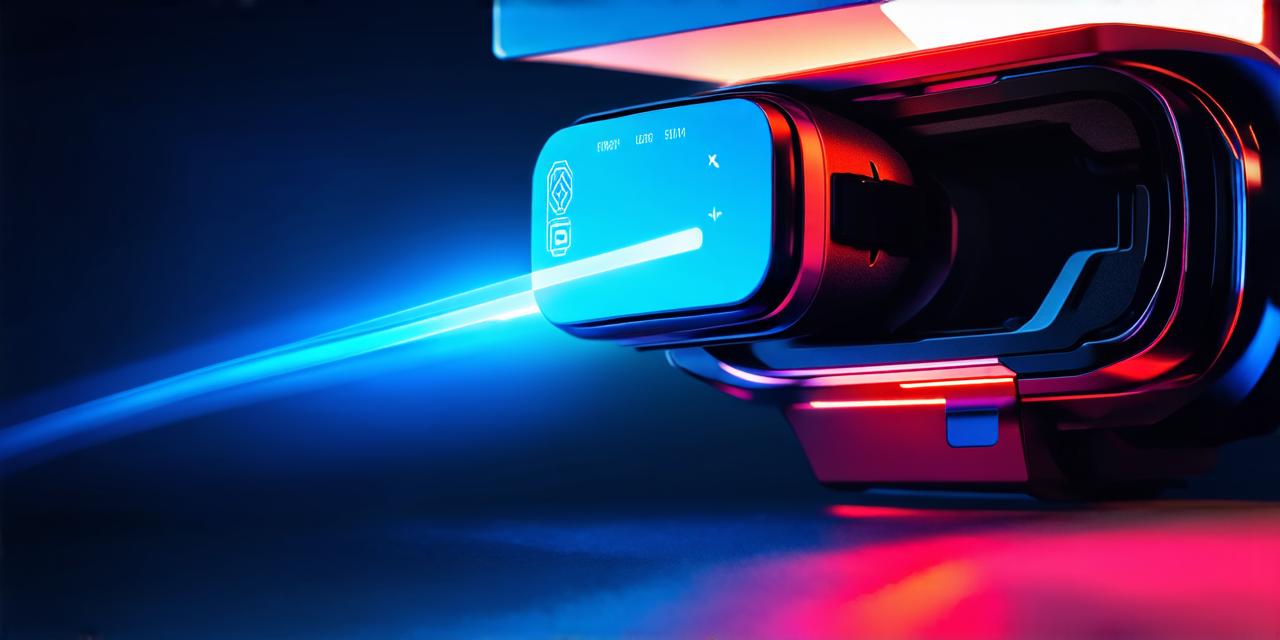Virtual Reality (VR) is an emerging technology that has been gaining popularity for several years now. It refers to the ability of a computer system to create an immersive experience that simulates a 3D environment in real-time. This technology allows users to interact with virtual objects and environments, making it possible to explore new worlds, enhance learning experiences, and even treat medical conditions.
What is Virtual Reality?
Virtual Reality can be described as a computer-generated simulation that creates an environment that immerses the user in a 3D world. This technology uses sensors, cameras, and software to track the movements of the user’s body, allowing them to interact with virtual objects and environments.
The VR experience is typically delivered through a headset or other wearable device that projects images onto two screens, creating the illusion of depth and a 360-degree view.
The potential applications of VR are vast and varied, ranging from gaming and entertainment to education and training. For example, VR can be used in the field of medicine to simulate surgical procedures or treat conditions such as PTSD. In addition, VR has been used in the field of education to enhance learning experiences by providing students with immersive simulations of historical events or scientific concepts.
How does Virtual Reality work?
Virtual Reality works through a combination of sensors and software that track the movements of the user’s body. These sensors, which can include cameras, accelerometers, and gyroscopes, capture data about the user’s position and orientation in real-time. This data is then used by the software to generate a virtual environment that corresponds to the user’s movements.
The VR experience is typically delivered through a headset or other wearable device that projects images onto two screens, creating the illusion of depth and a 360-degree view. In addition, some VR systems use haptic feedback, which allows users to feel physical sensations in response to their actions within the virtual environment.
What is Augmented Reality?
Augmented Reality (AR) refers to the ability of a computer system to overlay digital information onto the real world. This technology uses cameras and sensors to track the user’s position in real-time, allowing them to interact with digital objects and environments that are superimposed onto the physical world.
AR is often used in mobile apps or games to create interactive experiences that enhance the user’s perception of their surroundings.
What is the difference between Virtual Reality and Augmented Reality?
While both Virtual Reality and Augmented Reality involve overlaying digital information onto the real world, there are some key differences between the two technologies. Virtual Reality creates a fully immersive experience that simulates a 3D environment, while Augmented Reality superimposes digital objects and environments onto the physical world in real-time.
Virtual Reality typically requires specialized equipment such as a headset or other wearable device, while Augmented Reality can often be experienced through a smartphone or tablet. Virtual Reality is generally more expensive to develop and requires more resources to create a fully immersive experience, while Augmented Reality can be easier to integrate into existing applications and platforms.
Case Studies in Virtual Reality and Augmented Reality
One example of the potential applications of VR is in the field of medicine. For example, VR has been used to simulate surgical procedures, allowing doctors to practice their techniques in a safe and controlled environment before performing them on actual patients. In addition, VR has been used to treat conditions such as PTSD by creating immersive simulations that allow patients to confront and overcome traumatic memories.

Another example of the potential applications of AR is in the field of education. For instance, AR can be used to provide students with interactive learning experiences that allow them to explore historical events or scientific concepts in a more engaging way. In addition, AR has been used in the field of marketing to create immersive product demonstrations or to enhance the shopping experience.
Comparisons and Figurative Language
Virtual Reality and Augmented Reality can be compared to other forms of technology, such as television or film. Virtual Reality is like stepping into a movie, where you are fully immersed in the experience and feel like you are part of the action. Augmented Reality, on the other hand, is like watching a TV show with interactive elements that allow you to participate in the story.
Virtual Reality can also be compared to the sense of presence that comes from being in a physical environment. When using VR, you feel like you are in a different world, as if you have physically transported yourself there. Augmented Reality, on the other hand, adds digital elements to your physical surroundings, allowing you to enhance your perception of your environment.
FAQs
What is Virtual Reality?
Virtual Reality refers to a computer-generated simulation that creates an immersive experience that simulates a 3D environment in real-time.
What is Augmented Reality?
Augmented Reality (AR) refers to the ability of a computer system to overlay digital information onto the real world. This technology uses cameras and sensors to track the user’s position in real-time, allowing them to interact with digital objects and environments that are superimposed onto the physical world.
What is the difference between Virtual Reality and Augmented Reality?
Virtual Reality creates a fully immersive experience that simulates a 3D environment, while Augmented Reality superimposes digital objects and environments onto the physical world in real-time.




